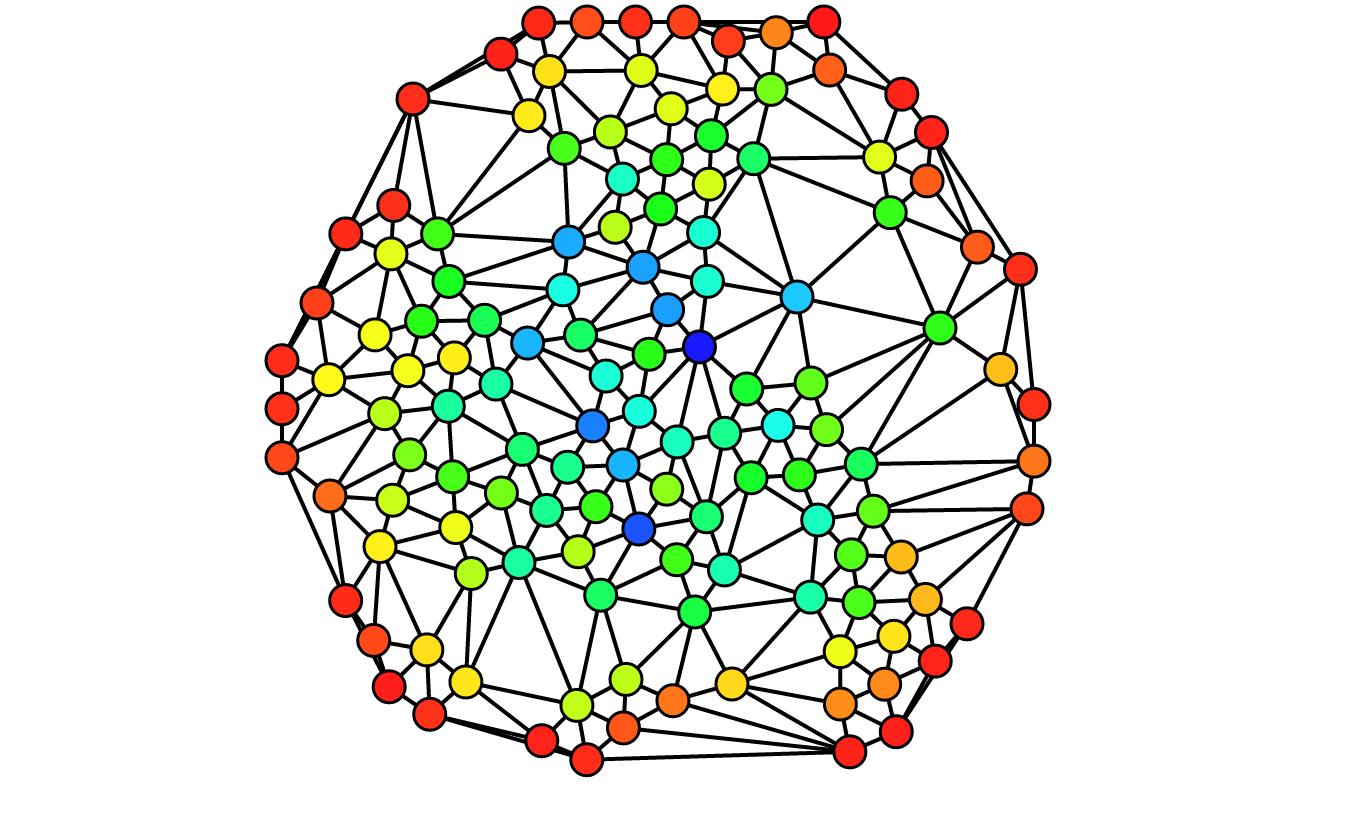
Social network analysis, or SNA, is centred around relations between individuals, groups and social institutions, giving unique views into the business, relationships and society in general.
Also known as organisational network analysis (ONA), the methodology essentially mixes social science with network analysis and graphs, which connect all the relevant information points.
The end product is a diagram which connects, for example, people and groups (also known as nodes in this context). These nodes are then linked between themselves depending on the relation of each individual/group.
The term SNA only started being used with social anthropologist John Arundel Barnes back in the mid-1950s, and has since grown in importance, especially as the world has adopted all things digital.
Why does your business need SNA? Because it can help improve communication flow within your organisation and give you an insight into relationships amongst social entities and their relevance.
This can also be applied to partners and customers as you will understand how everyone is related through diagrams, and understand their needs by analysing those same graphics.
SNA is today mostly used in social/behavioural sciences space, economics, marketing and industrial spaces.
Tech giants like Facebook, for example, use similar methodologies to understand users’ relationships in order, for example, tosuggest new friends.
The methodology grew in large part out of the efforts of ethnographers to make sense of complex relational data, according to Gemma Edwards and Nick Crossley from Manchester University.
SNA uses mainly qualitative methods which can be mixed with quantitative techniques. Edwards and Crossley explain that the use of qualitative methods is beneficial because networks are both structure and process at the same time, and therefore evade simple categorisation as either quantitative or qualitative phenomena.
Within the modelling and visualisation of networks in SNA, there is social networking potential (SNP), which basically finds and exposes an individual’s social network and their influence over that same social network.
In marketing for example, this assumes an increased importance as marketers are able to find the most influential people and target their pitches towards them in order to obtain the biggest return on effort possible with their pitches.







